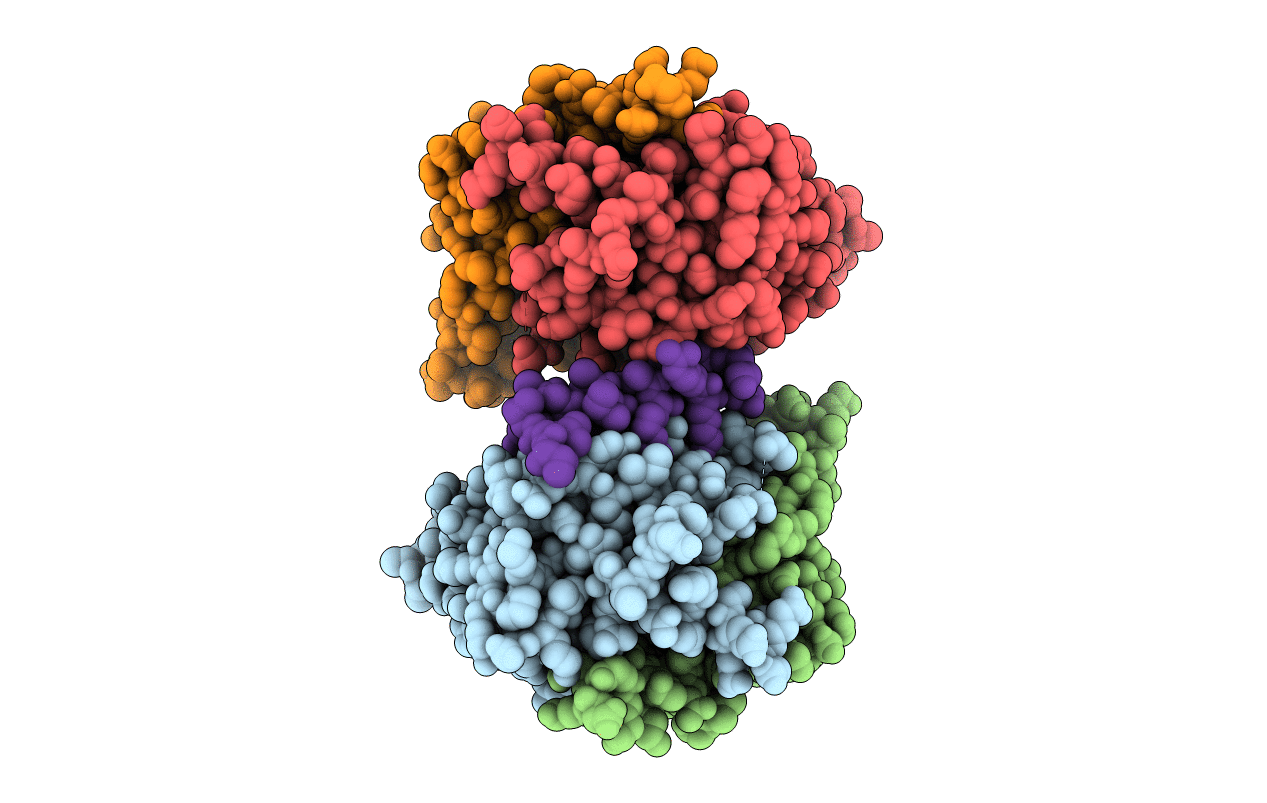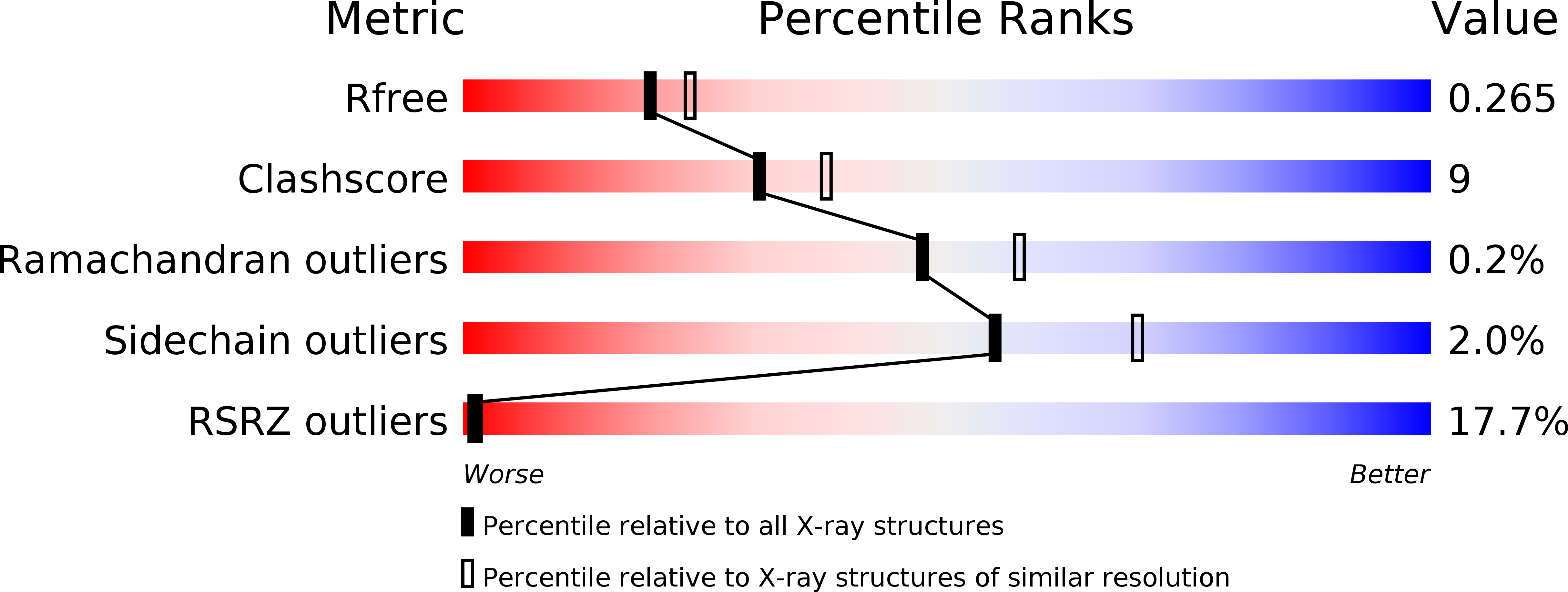
Deposition Date
2020-01-24
Release Date
2020-04-01
Last Version Date
2024-05-01
Entry Detail
PDB ID:
6XWV
Keywords:
Title:
Crystal structure of drosophila melanogaster CENP-C bound to CAL1
Biological Source:
Source Organism:
Drosophila melanogaster (Taxon ID: 7227)
Host Organism:
Method Details:
Experimental Method:
Resolution:
2.27 Å
R-Value Free:
0.26
R-Value Work:
0.23
R-Value Observed:
0.23
Space Group:
P 21 21 21


